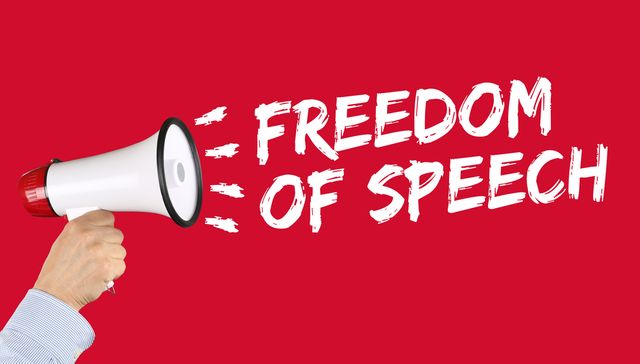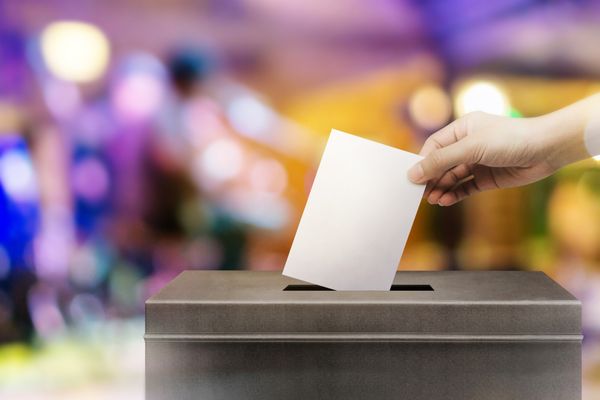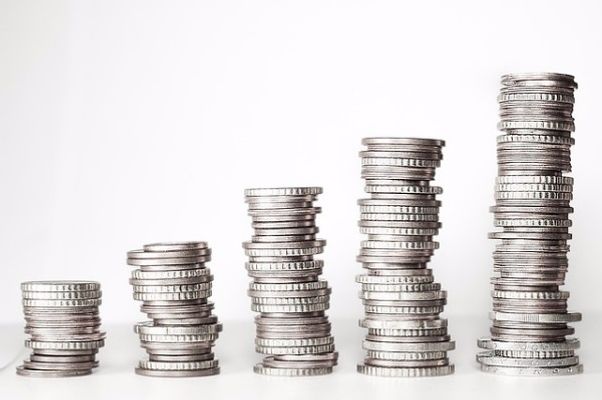5.1.4
Impact of Reforms
The Impact of Gorbachev's Reforms
The Impact of Gorbachev's Reforms
Many of Gorbachev's reforms backfired on him.


Internal conflict in the Communist Party
Internal conflict in the Communist Party
- Reforms divided the Communist Party into the more traditional Communist hardliners, more moderate members and the most radical Communists who supported attempts to reform the system.


Knowledge of Soviet history
Knowledge of Soviet history
- Public knowledge about Soviet history, such as what the government had done during the Great Terror, shocked the population and led to the even greater unpopularity of the government.


Freedom of speech
Freedom of speech
- Freer media led to the most important organ of the government, the Communist Party, being undermined.


New positions in government
New positions in government
- Gorbachev created the position of ‘President’, which had not previously existed in the Soviet Union. He thought this would give him more legitimacy, but the position was not elected.
- Newly elected politicians had much more authority than him.
Historical Assessment - Gorbachev's Role in USSR's Collapse
Historical Assessment - Gorbachev's Role in USSR's Collapse
Although he didn't mean to, Gorbachev helped enable the fall of the USSR.


Strayer's view
Strayer's view
- ‘Between 1987 and 1990, Gorbachev engineered something close to a political miracle... But at the same time those victories for political reform bypassed, diminished, divided and demoralised the Communist Party. Here, clearly, is one of the central elements in the collapse of the Soviet Union.’


Brown's view of the Soviet economy
Brown's view of the Soviet economy
- ‘There is no doubt that the attempt to reform the Soviet economy ended in failure. Part of the reason for that was the tension between reforming an existing system to make it work better and replacing that system by one which had a quite different logic. In the early years of ‘perestroika’ [restructuring] the first aim was being pursued - and with only limited success'.


Brown's view cont.
Brown's view cont.
- 'By 1990-1, while there was not a consensus, there was at least a broad body of support among specialists for the idea that the command economy had to give way to the market economy. It was clearer to Gorbachev than to Yeltsin that this would mean tens of millions of citizens becoming worse off for some years to come. Freeing prices would improve the supply of goods and services but would also raise those prices to a level the majority could ill afford.’
1Communist Government in the USSR, 1917-85
1.1Establishing Communist Party Control, 1917-24
1.2Stalin in Power, 1928-53
1.2.1The Elimination of Opponents
1.2.2The Purges of the 1930s
1.2.3End of Topic Test - The Elimination of Opponents
1.2.4Stalin's Power Over the Communist Party
1.2.5Stalin's Power During & After the Communist Party
1.2.6End of Topic Test - Power Over the Communist Party
1.2.7A-A* (AO3/4) - Stalin in Power
2Industrial & Agricultural Changes
2.1Towards a Command Economy
2.2Industry & Agriculture in the Stalin Era
3Control of the People, 1917-85
3.1Media, Propaganda & Religion
3.2The Secret Police
4Social Developments, 1917-35
4.1Social Security
4.2Women & Family
5Historical Interpretations
5.1What Explains the Fall of the USSR, 1985-91?
5.1.1Economic Weakness
5.1.2Attempts at Economic Reform
5.1.3Failure To Reform The Communist Party & Soviet Gov
5.1.4Impact of Reforms
5.1.5End of Topic Test - Economic Reform
5.1.6Impact of the Nationalist Resurgence
5.1.7Impact of the Nationalist Resurgence 2
5.1.8End of the USSR
5.1.9Gorbachev & Yeltsin's Responsibility
5.1.10End of Topic Test - Nationalist Resurgence
5.1.11A-A* (AO3/4) - Explaining the Fall of the USSR
Jump to other topics
1Communist Government in the USSR, 1917-85
1.1Establishing Communist Party Control, 1917-24
1.2Stalin in Power, 1928-53
1.2.1The Elimination of Opponents
1.2.2The Purges of the 1930s
1.2.3End of Topic Test - The Elimination of Opponents
1.2.4Stalin's Power Over the Communist Party
1.2.5Stalin's Power During & After the Communist Party
1.2.6End of Topic Test - Power Over the Communist Party
1.2.7A-A* (AO3/4) - Stalin in Power
2Industrial & Agricultural Changes
2.1Towards a Command Economy
2.2Industry & Agriculture in the Stalin Era
3Control of the People, 1917-85
3.1Media, Propaganda & Religion
3.2The Secret Police
4Social Developments, 1917-35
4.1Social Security
4.2Women & Family
5Historical Interpretations
5.1What Explains the Fall of the USSR, 1985-91?
5.1.1Economic Weakness
5.1.2Attempts at Economic Reform
5.1.3Failure To Reform The Communist Party & Soviet Gov
5.1.4Impact of Reforms
5.1.5End of Topic Test - Economic Reform
5.1.6Impact of the Nationalist Resurgence
5.1.7Impact of the Nationalist Resurgence 2
5.1.8End of the USSR
5.1.9Gorbachev & Yeltsin's Responsibility
5.1.10End of Topic Test - Nationalist Resurgence
5.1.11A-A* (AO3/4) - Explaining the Fall of the USSR
Unlock your full potential with Seneca Premium
Unlimited access to 10,000+ open-ended exam questions
Mini-mock exams based on your study history
Unlock 800+ premium courses & e-books